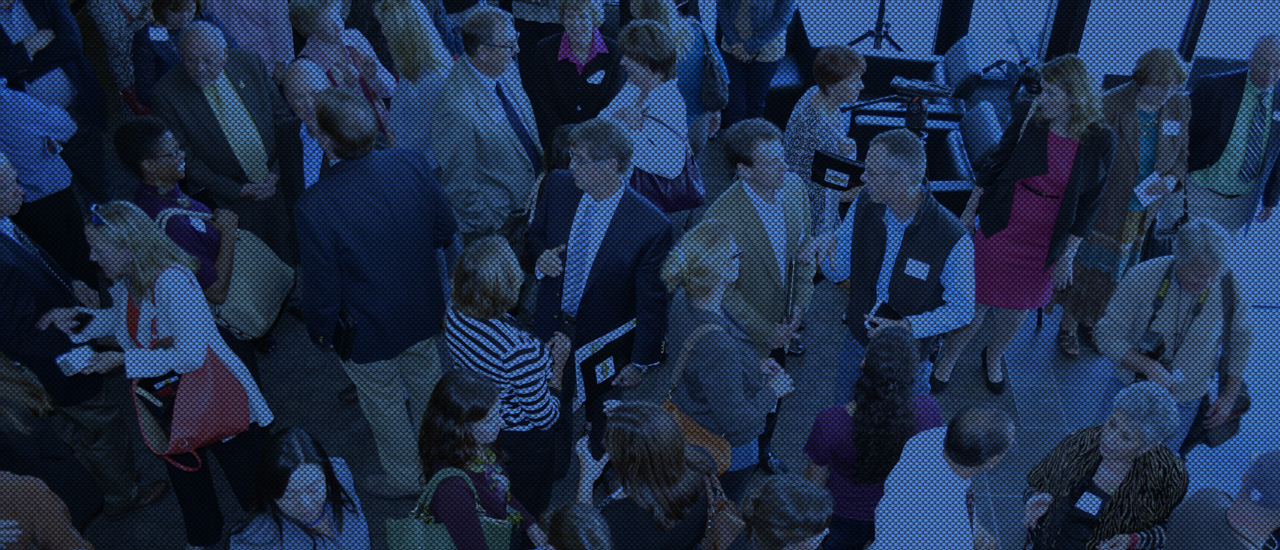
Disparities in Policing, Punishment, and Policy

[S]election for targeted surveillance is, at the outset, differentiated by… variables of age, race, and gender… In short, the young, the male, and the black were systematically and disproportionately targeted, not because of their involvement in crime or disorder, but for ‘no obvious reason’ and on the basis of categorical suspicion alone.
DESCRIPTION
Surveillance proponents often argue that mass monitoring tools allow police to discover crimes as they happen. But when police departments single out minority and low-income neighborhoods for special scrutiny, they risk exacerbating the serious racial, ethnic, and class disparities in our criminal justice system.
Multiple studies have shown that mass surveillance tools like camera networks have little impact on crime levels. If police concentrate surveillance systems on particular areas or particular groups, however, the crimes they do detect will naturally reflect that bias. Research into surveillance camera networks has shown that operators target men, youth, and people of color for scrutiny at highly disproportionate rates. Moreover, some cities have installed advanced surveillance systems in neighborhoods largely populated by minority groups. In each case, the disproportionate attention could lead to more arrests and sharper disparities that don’t necessarily reflect the actual patterns of crime in a city.
Racial, ethnic, and class disparities in the criminal justice system tend to be self-perpetuating. If disproportionate surveillance leads to higher rates of arrest for minorities, minority neighborhoods may be viewed as hotbeds of crime that require even more intrusive monitoring. If residents of those neighborhoods feel unfairly targeted for scrutiny, they may develop mistrust for local police. Not only is mass surveillance intrusive and largely ineffective, it may actually hurt police departments’ efforts to work within the community and investigate crime.
Examples of Use
Recommendations
When government agencies consider acquiring and using surveillance systems, communities and their elected officials must both weigh the benefits against the costs to civil liberties and carefully craft policies and procedures that help to limit the negative effects that surveillance will have on fundamental rights. For a useful list of considerations, please visit the recommendations page.
